Ancient Psychedelia: Alien Gods & Mushroom Goddesses
Online Book - Chapter 6, Page 85
Back to Online Book Mainpage / Next Page (Chapter 6, Page 86)
| The Persian Flood Story The Avesta has an original version of the “Deluge” fairly well intact, and so similar that one can hardly tell the difference between the Old Testament version and the Avesta. There is even a touch of classism, exclusion, and prejudice present, enough so it makes you feel as if the ones who got onboard were “god’s chosen people”: “And Ahura Mazda spake unto Yima, saying: 'O fair Yima, son of Vîvanghat! Upon the material world the fatal winters are going to fall, that shall bring the fierce, foul frost; upon the material world the fatal winters are going to fall, that shall make snow-flakes fall thick, even an aredvî deep on the highest tops of mountains. And all the three sorts of beasts shall perish, those that live in the wilderness, and those that live on the tops of the mountains, and those that live in the bosom of the dale, under the shelter of stables. Before that winter, those fields would bear plenty of grass for cattle: now with floods that stream, with snows that melt, it will seem a happy land in the world, the land wherein footprints even of sheep may still be seen. Therefore, make thee a Vara, long as a riding-ground on every side of the square, and thither bring the seeds of sheep and oxen, of men, of dogs, of birds, and of red blazing fires.” (13) Zoroaster Pliny, in Natural History, writes on Zoroaster and the early magic of the Persian Magi: “The first person, so far as I can ascertain, who wrote upon magic, and whose works are still in existence, was Osthanes, who accompanied Xerxes, the Persian king, in his expedition against Greece. It was he who first disseminated, as it were, the germs of this monstrous art, and tainted therewith all parts of the world through which the Persians passed. Authors who have made diligent enquiries into this subject, make mention of a second Zoroaster, a native of Proconnesus, as living a little before the time of Osthanes. That it was this same Osthanes, more particularly, that inspired the Greeks, not with a fondness only, but a rage, for the art of magic, is a fact beyond all doubt; though at the same time I would remark, that in the most ancient times, and indeed almost invariably, it was in this branch of science, that was sought the highest point of celebrity and of literary renown. Returning home, it was upon the praises of this art that they expatiated—it was this that they held as one of their grandest mysteries.” (14) Haug adds: “Berosus, the Babylonian historian, makes him a king of the Babylonians, and founder of the dynasty which reigned over Babylon between BC 2200-BC 2000.” (15) Haug estimates that Zoroaster lived then in approximately 2800 BC. (16) |
As far as Persian deities go, a favorite goddess of mine from the Persian pantheon is Ashi Vanuhi. She is featured on the front cover of this book, as the “mushroom goddess” on the gold coin from 300-330 AD. When I first saw this coin, I was awestruck by how beautiful it was and how she resembles Lady Liberty (56d, f). Ashi is a healing deity who represents purity, abundance and prosperity. She is also a goddess of justice.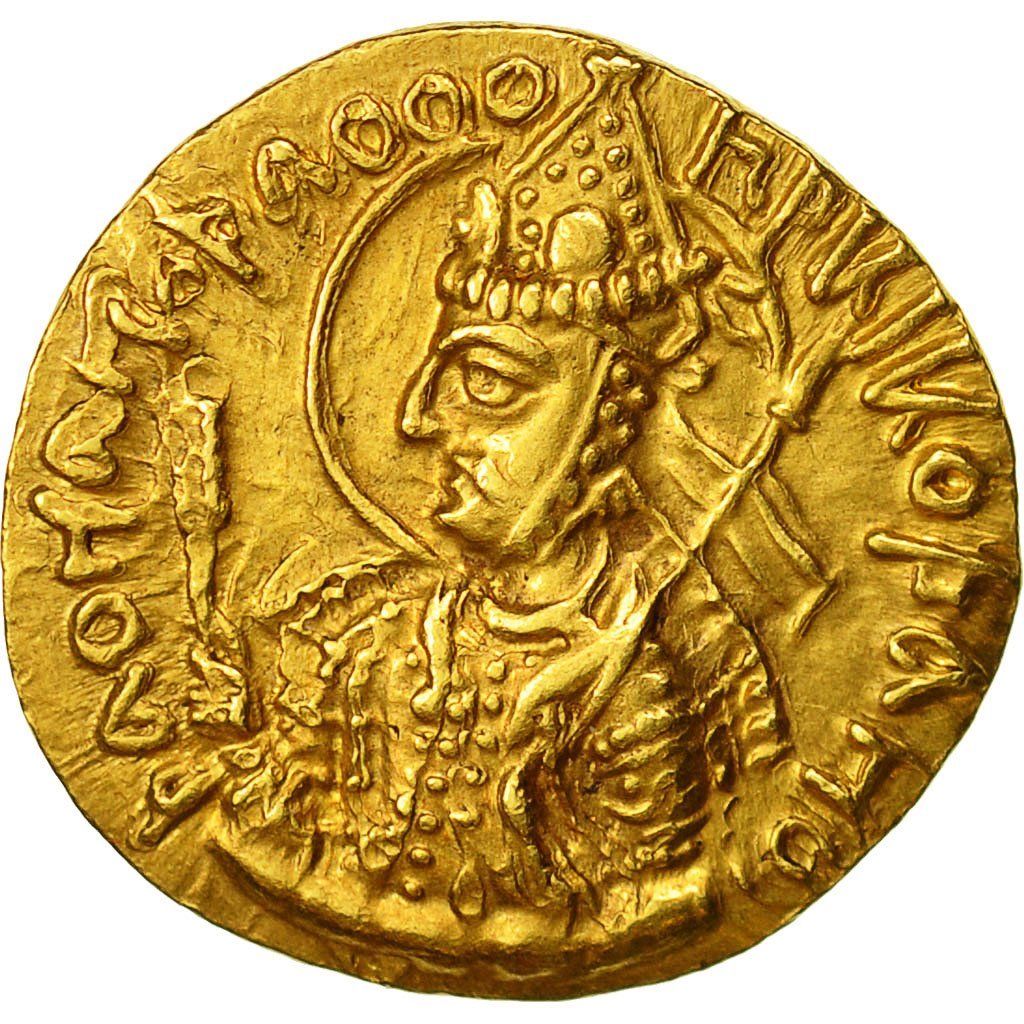 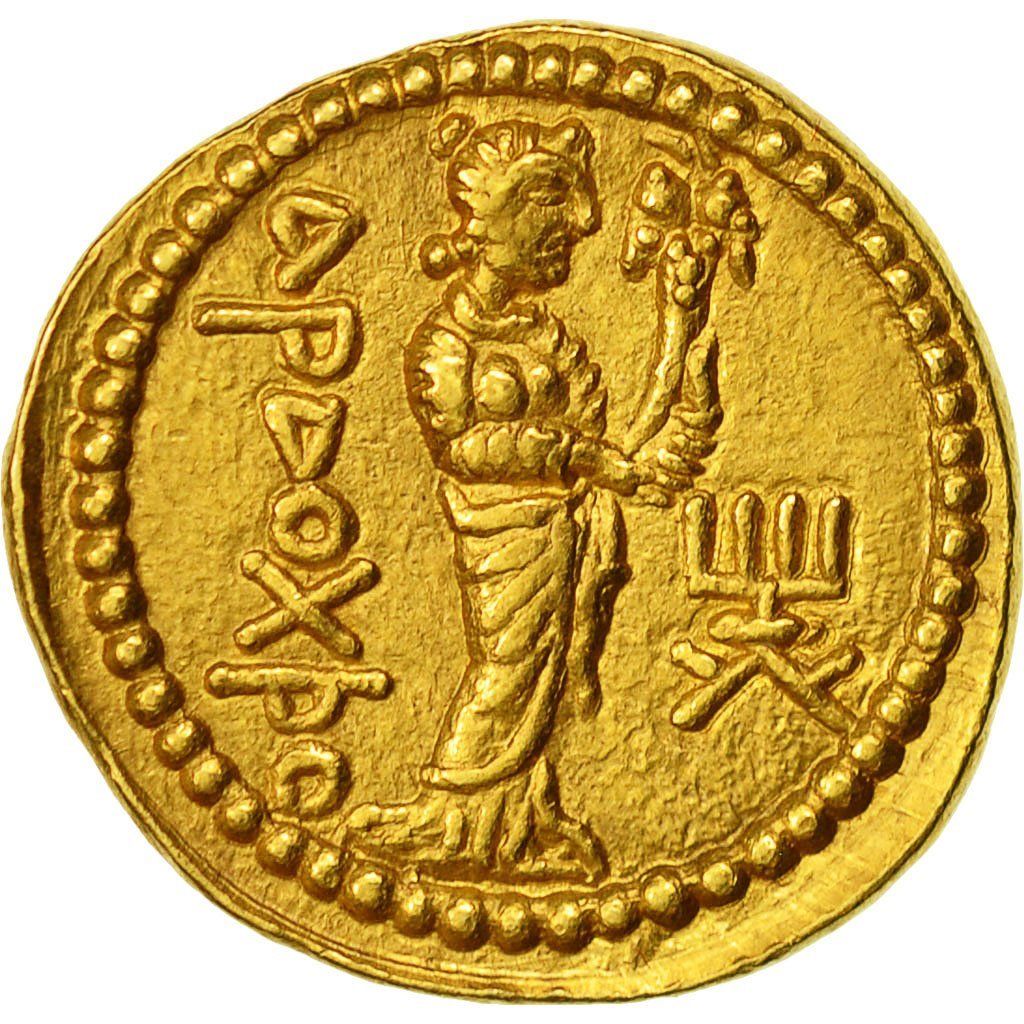 (20c) Kushan Empire, Huvishka, Ardoxsho (Ashi) standing facing, head right, holding cornucopia. c. 151-190 AD 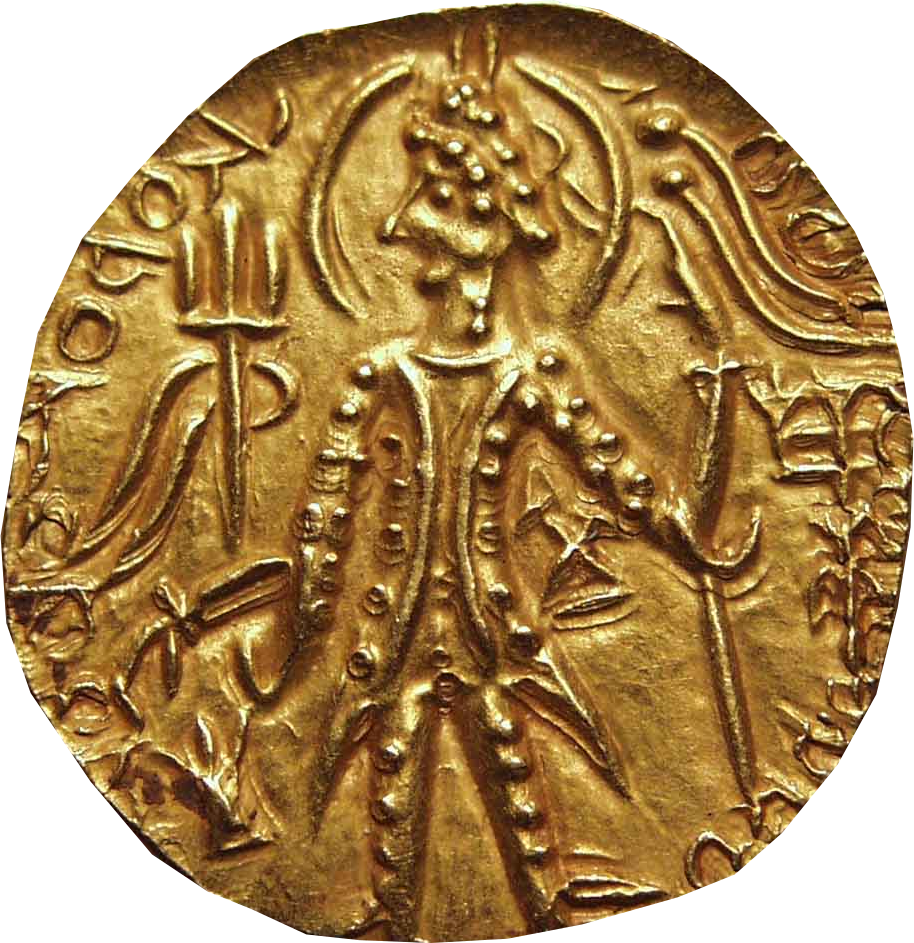 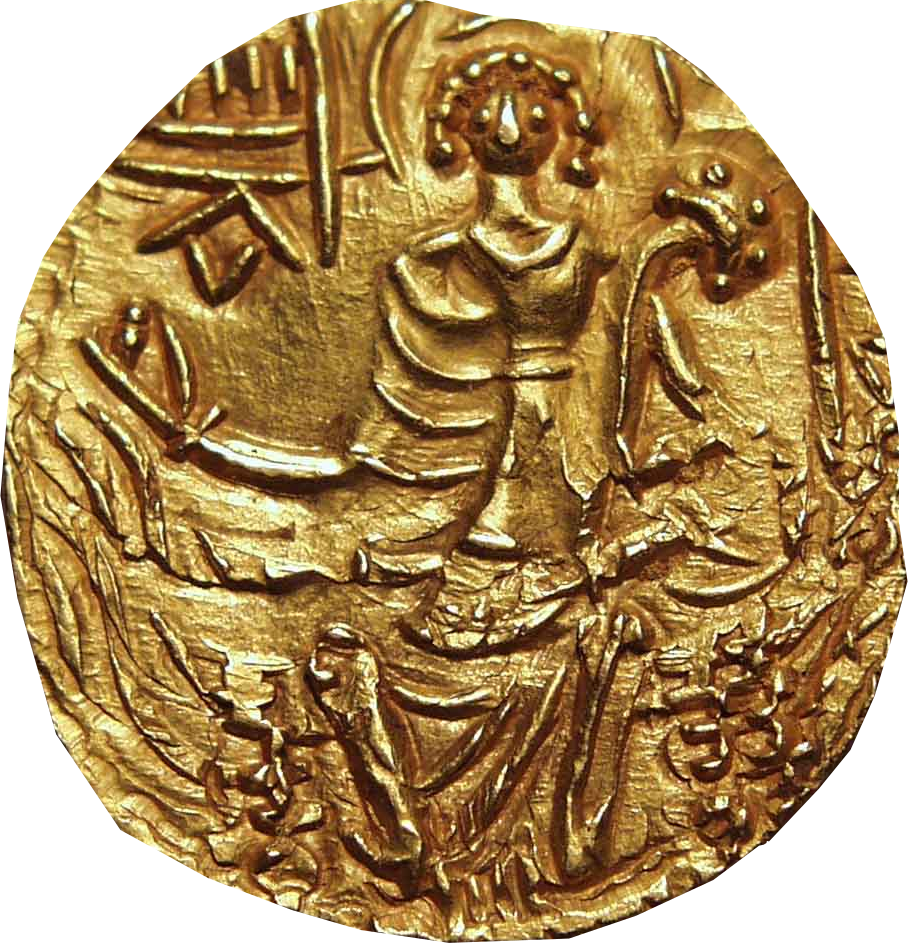 (20g) Shaka Era, sacrificing at altar. Goddess of plenty Ardoxsho enthroned facing, holding diadem and cornucopia. c. 350 AD L: (56d) Kushan Ardoksho, Ashi, Lakshmi Shaka c. 300-330 AD 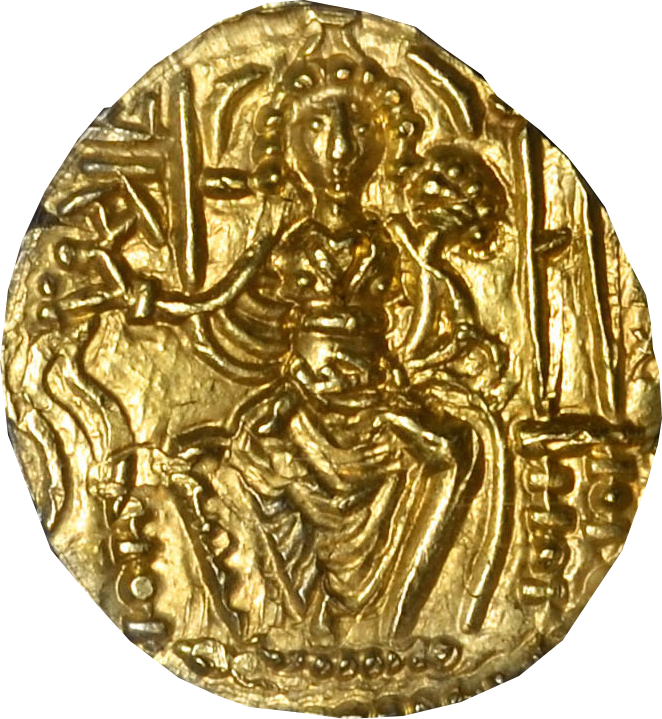 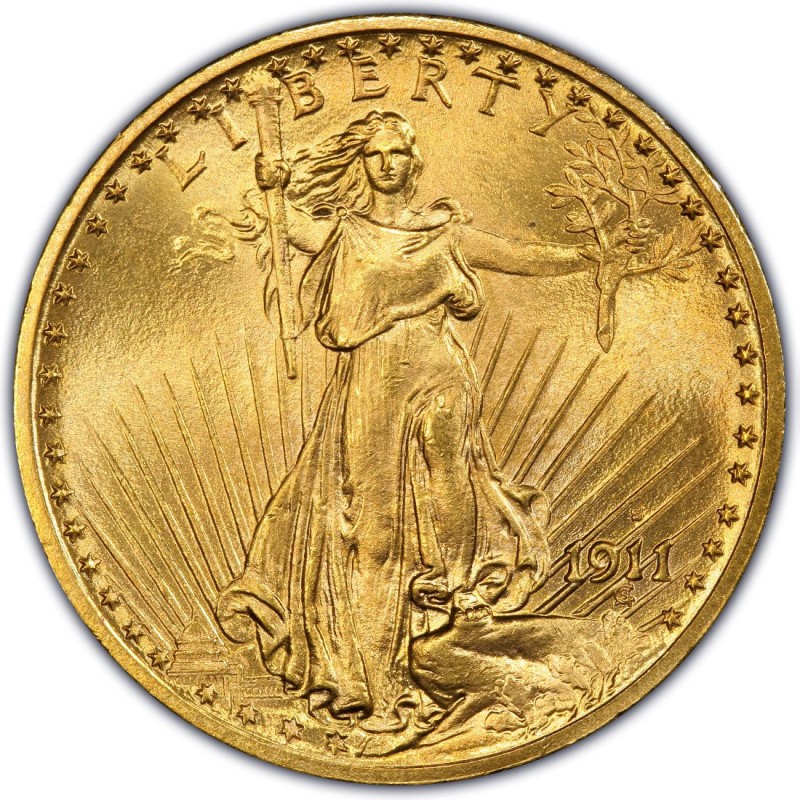 R: (56f) St. Gaudens US $20 Liberty Gold. 1911 (13) FARGARD II. Yima (gamshêd) 22-29 (14) Pliny, Natural History, XXX;2 (15) The Fountainhead of Religion; Essays on the Sacred Language, Writings and Religions of the Parsis by Martin Haug, 3rd ed. p. 229 (16) ibid Xxiv; ibid p. 136 |
Go Back to Page 84